Will double-layered mesh netting and magnetic repellents be enough to stop these hungry clam thieves?
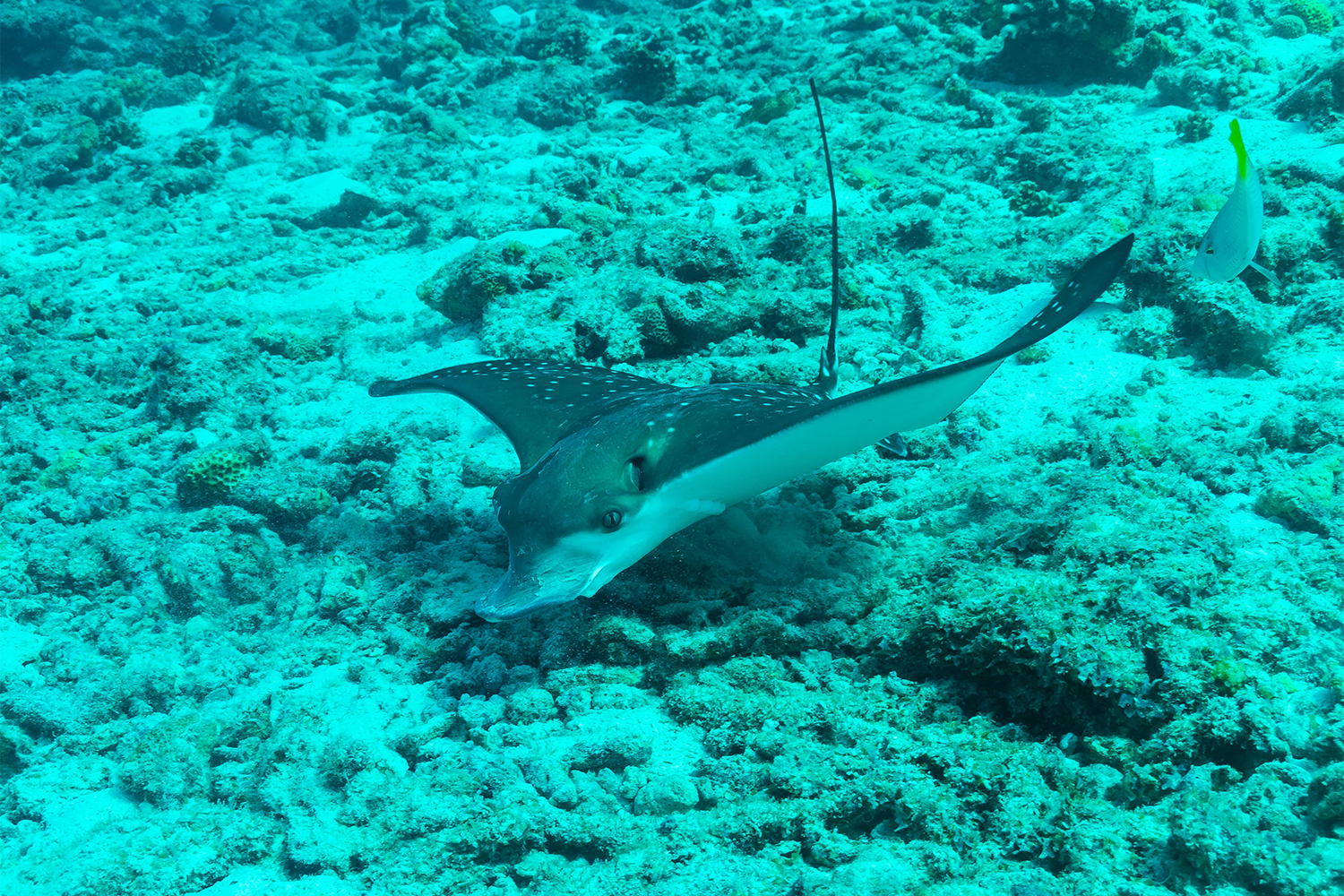
Most aquaculture producers have to contend with predators looking for an easy snack. Shrimp farmers, for example, have defended their ponds from birds attacking from above for many years; mussel farmers have to contend with ducks, which can submerge themselves underwater and slip under protective barrier nets. And salmon farmers know all too well about predatory seals.
For hard clam farmers in Florida, the fox in their henhouse is the whitespotted eagle ray (Aetobatus narinari), a pelagic bottom feeder with strong jaws, crushing fused teeth and nimble pectoral fins. The opportunistic fish likes to aggregate around clam beds.
The farmers’ bivalves grow to market size on the seafloor, and farmers have been using mesh netting, plastic or wire covers to protect the clams from the rays. Matt Ajemian, director of the Fisheries Ecology and Conservation Lab at FAU, said there have been many anecdotal reports over the years about rays and fish interacting with the clam beds.
“Clammers would see bags uprooted or with holes in them, and clams crushed inside the bags,” he said. “We know these animals are visiting these spots, so there was interest in what the rays could do.”
In a March study published in Aquaculture Environment Interactions, a team from Florida Atlantic University’s (FAU) Harbor Branch Oceanographic Institute and the Mote Marine Laboratory studied how the whitespotted eagle ray interacted with clams enclosed in anti-predator materials.
They found that double-layered treatments, or bags with an additional layer of netting over them, had the lowest clam mortality. While the rays were still able to consume clams through the bags, these anti-predator treatments reduced clam mortality by anywhere from a factor of four to 10.
Fish farmers seek non-lethal deterrence for persistent predators
Ajemian, co-author of the study, told the Advocate that the rays were presented with clams under different levels of protection.
“Most of the industry uses woven mesh bags to grow the clams in. We were curious if the rays could get in there – and we showed they could,” he said. “But we also looked at accessory protection over the bags – materials like plastic netting or chicken wire – and we found that while the rays still interact with that stuff, it limits their interaction.”
That’s significant, he added, because the purchase and maintenance of anti-predation materials can be costly for clam farmers. The expenses are extremely variable but a clammer spends 57 days a year on average repairing or replacing gear.
“One clammer told us they lose $10,000 to $13,000 per year in crushed clams,” he said. He speculated that the variability in predation may be attributable to the change in water temperature between northern and southern Florida.
Ajemian and his team are still exploring the effectiveness of magnetic deterrents on whitespotted eagle rays and sting rays.
“The latter don’t feed on clams as much, but they still aggregate around these spots and can pose a risk when clammers are tending to their bags and clam beds,” he said.
The magnetic deterrents, made by SharkBanz, have shown promise when tested with sharks, but applying the deterrents on a farm level may be challenging, Ajemian said.
“The footprint of the magnetic field is not large so it may be difficult to scale it up. Based on our observation of these animals in captivity, we’re also seeing that over time they acclimate to some things,” he said. “So we’re still unsure how effective a magnetic deterrent will be in that type of setting.”
Now that you've reached the end of the article ...
… please consider supporting GSA’s mission to advance responsible seafood practices through education, advocacy and third-party assurances. The Advocate aims to document the evolution of responsible seafood practices and share the expansive knowledge of our vast network of contributors.
By becoming a Global Seafood Alliance member, you’re ensuring that all of the pre-competitive work we do through member benefits, resources and events can continue. Individual membership costs just $50 a year.
Not a GSA member? Join us.
Author
-

Lauren Kramer
Vancouver-based correspondent Lauren Kramer has written about the seafood industry for nearly 20 years.
Tagged With
Related Posts
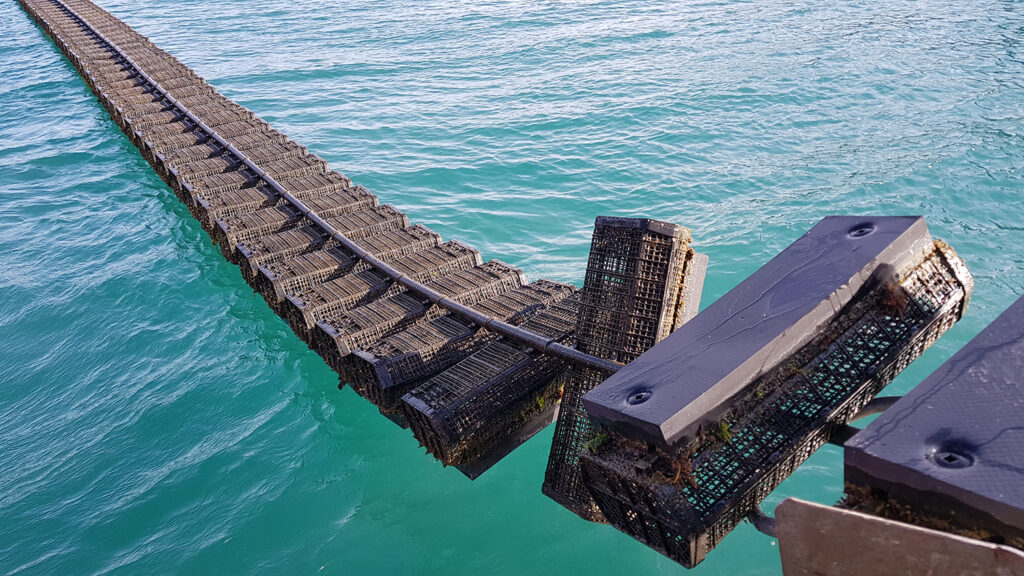
Innovation & Investment
Innovation Award 2021 finalist: FlipFarm
FlipFarm, a semi-automated oyster-growing system from New Zealand, is a finalist for GSA’s annual Global Aquaculture Innovation Award.
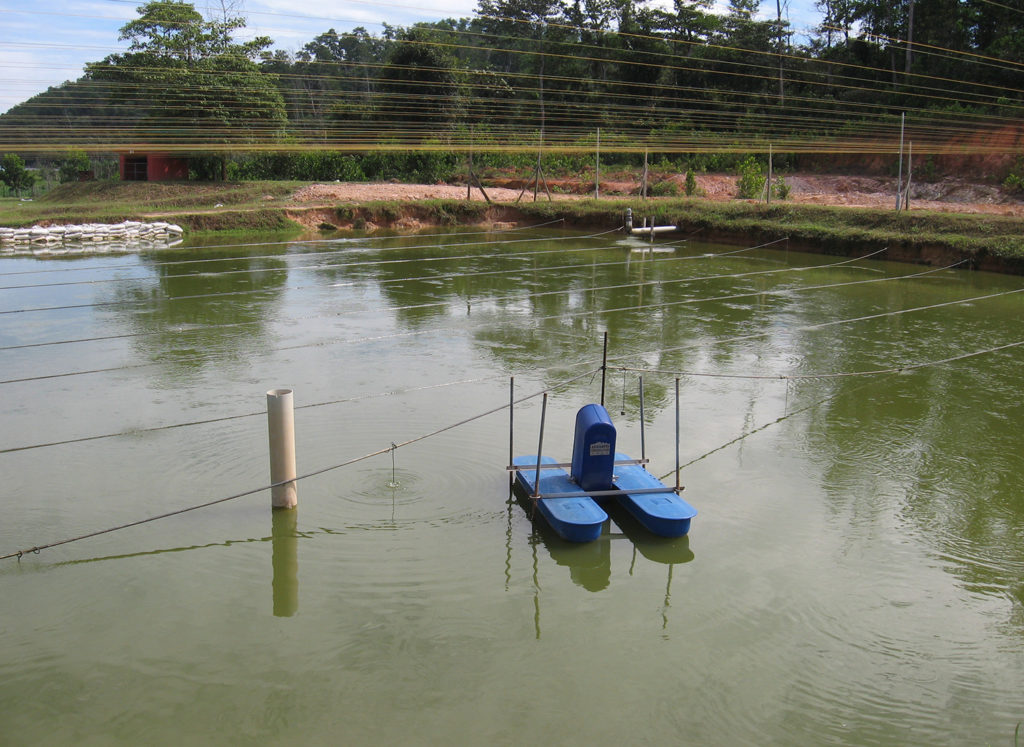
Health & Welfare
Advice for managing predatory birds, part 1
Predatory birds can cause major losses for tilapia farms. As some bird species are protected by law, fish farmers must use non-lethal control techniques.
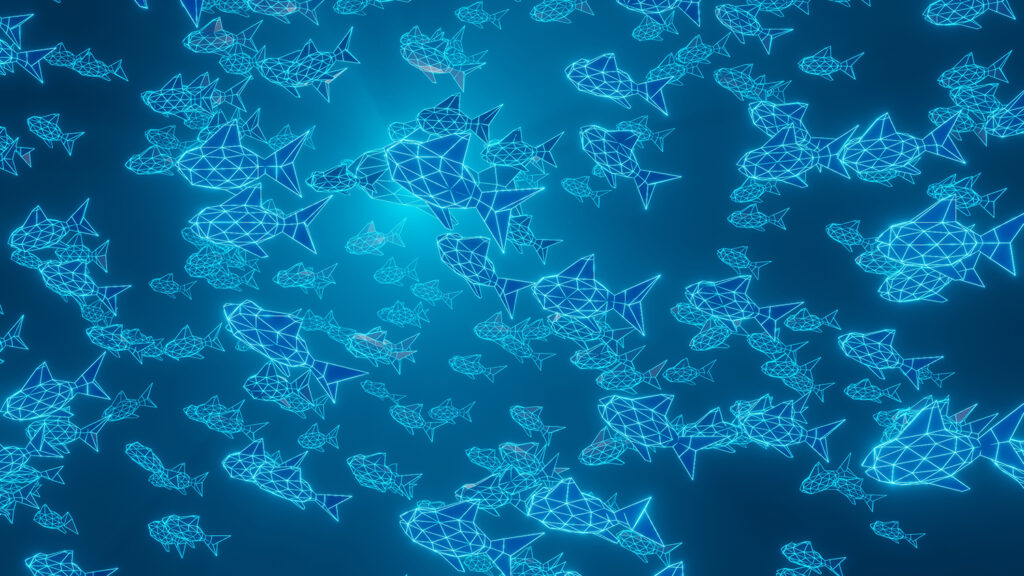
Innovation & Investment
‘AI ticks all the boxes’ and is proving to be a perfect match for aquaculture
Artificial intelligence (AI) is rippling through the aquaculture industry, promising greater efficiencies and insights, as well as investor interest.
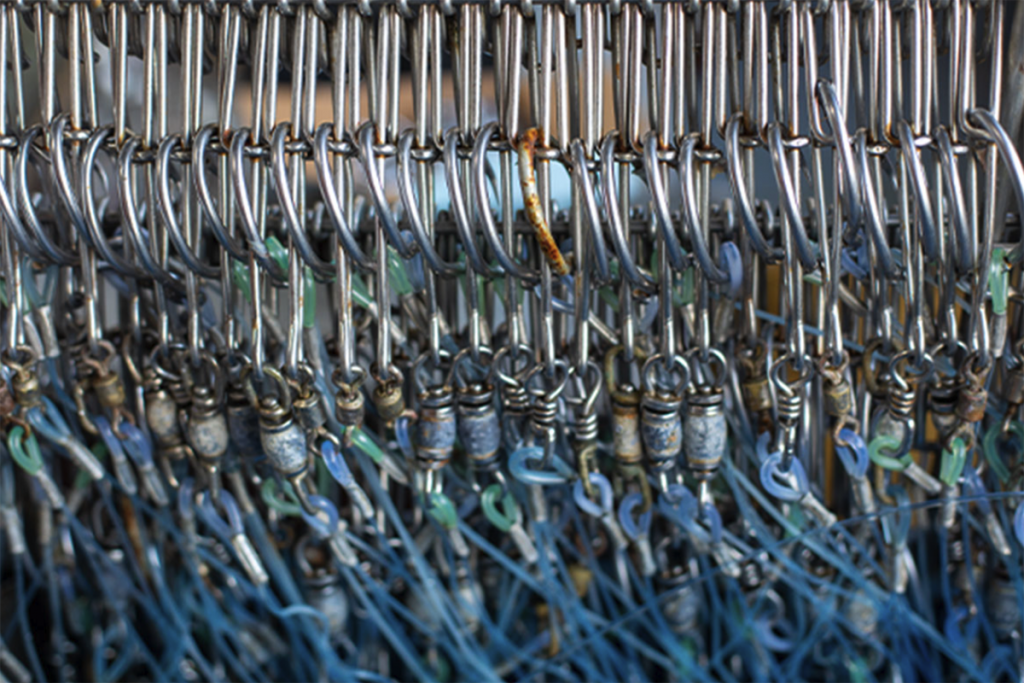
Fisheries
Could these high- and low-tech approaches help curb fisheries bycatch?
From marine mammal ‘pingers’ to seabird-sparing fishing hooks, commercial fishermen have a growing number of options to prevent fisheries bycatch.


